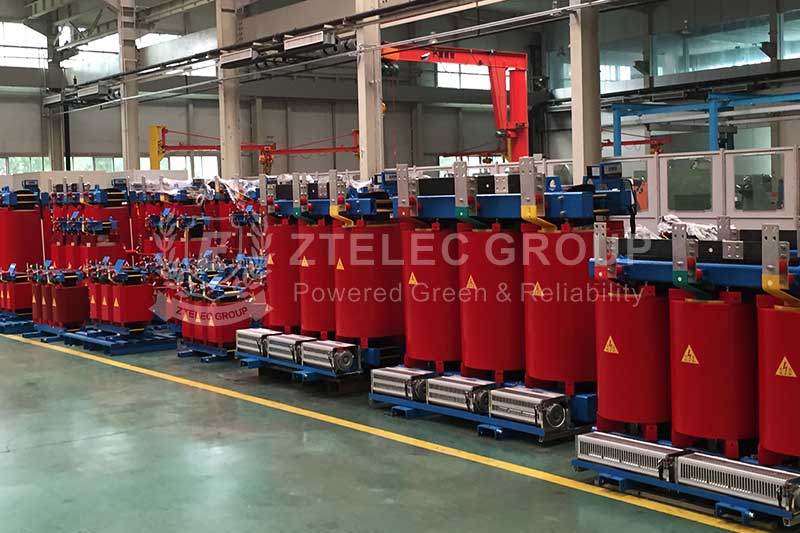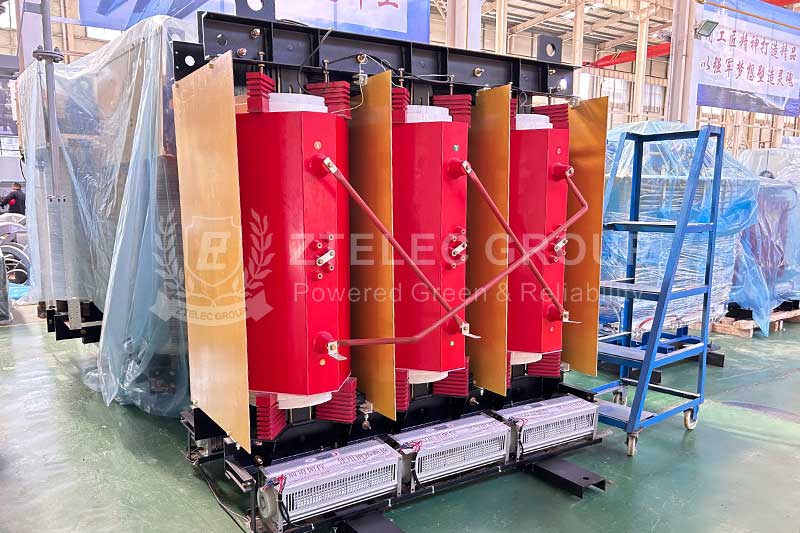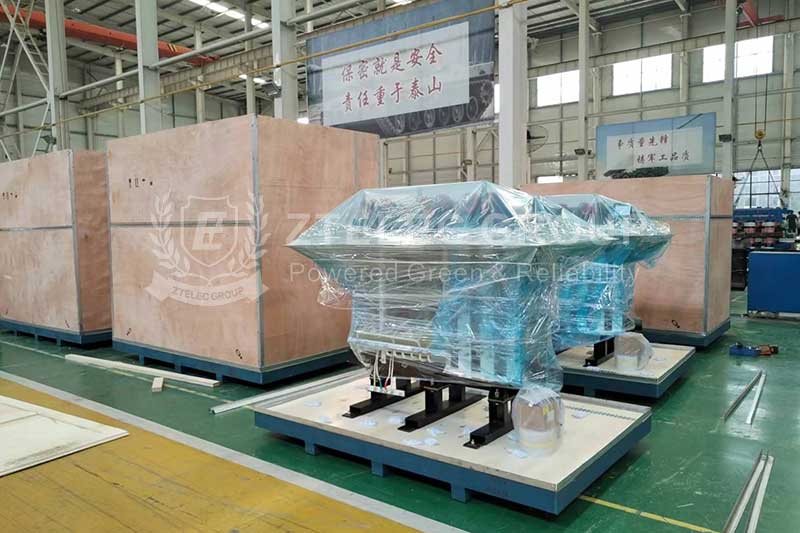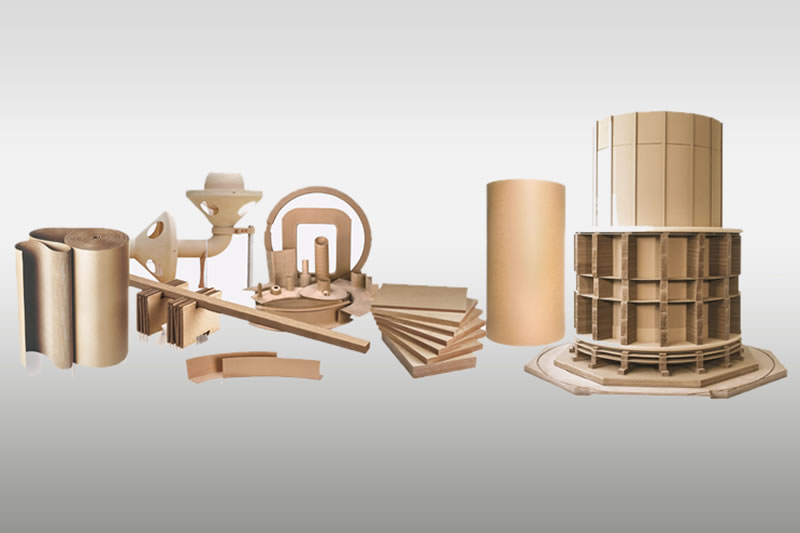Experts Decode Dry-Type Transformer Technical Specifications
In modern power distribution systems, dry-type transformers are essential equipment. Their technical specifications directly impact the safety, reliability, and efficiency of power grid operations. This article explores the key technical aspects of dry-type transformers, including performance requirements, testing standards, and safety considerations, based on current industry regulations and expert insights.

1. Technical Requirements of Dry-Type Transformers
Insulation Level and Withstand Voltage
Insulation performance is critical to ensuring stable transformer operation. Dry-type transformers must pass lightning impulse and power frequency withstand voltage tests to validate their insulation structure. Partial discharge must be strictly controlled under high voltage conditions to prevent premature aging of insulation materials and extend service life.
Temperature Rise Limits and Cooling Design
Different insulation classes correspond to specific temperature rise limits. Natural cooling is commonly used in small-capacity transformers, while forced air cooling is applied to larger units. Thermistors are often integrated to monitor winding temperatures in real-time, triggering alarms and protection mechanisms when temperatures exceed preset thresholds.
Short-Circuit Withstand Capability
Transformers must tolerate short-circuit conditions without mechanical deformation or displacement of windings. This is achieved through reinforced structural designs and high-strength insulating materials that enhance dynamic and thermal stability during fault events.
2. Key Performance Indicators
Energy Efficiency and Load Loss
Efficiency is measured by minimizing no-load and load losses through material optimization. High-efficiency dry-type transformers not only reduce operating costs but also align with sustainable development goals by lowering carbon emissions.
Noise Reduction
Transformer noise, primarily caused by magnetostriction and vibrations, is mitigated through design enhancements. Compliance with noise standards ensures a quieter operating environment, especially in urban or indoor applications.
Environmental Adaptability
Dry-type transformers must adapt to a wide range of environmental conditions. Protection ratings (e.g., IP standards) prevent ingress of dust and moisture. Flame-retardant materials provide strong fire resistance, making these transformers suitable for tunnels, hospitals, and densely populated buildings.

3. Transformer Testing Methods
Routine Testing
Routine tests verify basic performance parameters such as winding resistance, voltage ratio, and dielectric strength. These tests ensure transformers meet design expectations and operate safely under normal conditions.
Type Testing
Type tests simulate real-world operating conditions. These include temperature rise tests to assess cooling effectiveness, short-circuit tests to evaluate mechanical strength, and noise level measurements in anechoic chambers to ensure acoustic compliance.
Special Testing
Special tests are conducted under extreme environmental or mechanical stress conditions. These include climatic tests for humidity and temperature resistance, as well as vibration or impact tests simulating transport or seismic events to confirm structural resilience.
4. Safety Specifications for Dry-Type Transformers
Grounding and Protective Measures
Proper grounding reduces electrical hazards during faults. Transformers should include dedicated grounding bolts and maintain low grounding resistance to quickly dissipate fault currents. Enclosures must meet specified protection ratings suitable for their installation environment.
Identification and Warning Labels
Nameplates should clearly indicate voltage, capacity, phase group, and other key parameters. Warning signs should be visibly displayed to remind operators and maintenance personnel of safety precautions.
Operation and Maintenance Guidelines
Regular maintenance ensures long-term reliability. Operators should inspect temperature, noise levels, and the physical condition of the transformer. Dust and debris must be promptly removed to avoid overheating. Emergency plans should also be in place for rapid response to abnormalities or faults.
Understanding the technical specifications of dry-type transformers is essential for ensuring power system safety, efficiency, and sustainability. With advancements in design, testing, and materials, these transformers are well-suited for critical infrastructure and environmentally demanding applications. For engineers, operators, and procurement professionals, a clear grasp of these specifications ensures better decision-making and optimized transformer performance over the product lifecycle.
- more+releated article
- 2025-12-13How to Select and Use Phenolic Cloth-base Lami
- 2025-12-13How Much Does Bakelite Sheet Cost? 2025 Price
- 2025-12-13Why are most 3240 epoxy boards yellow?
- 2025-12-13What are the Main Applications of FR4 Epoxy Bo
- 2025-12-13Why Does the Price of Insulating Paperboard Va
- 2025-12-13Heat-Resistant DDP Insulation Paper
- 2025-12-13Comparison of Heat-Resistant DDP Insulating Pa
- 2025-12-13G10 and FR4 Epoxy Boards: Commonly Used for Ge
- 2025-12-13The Price of Heat-Resistant DDP Insulation Pap
- 2025-12-13How to Choose Epoxy Laminate Materials for Gen





